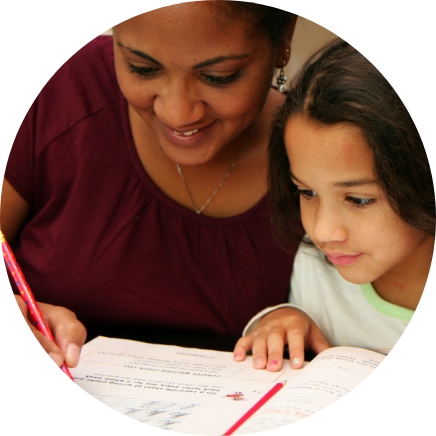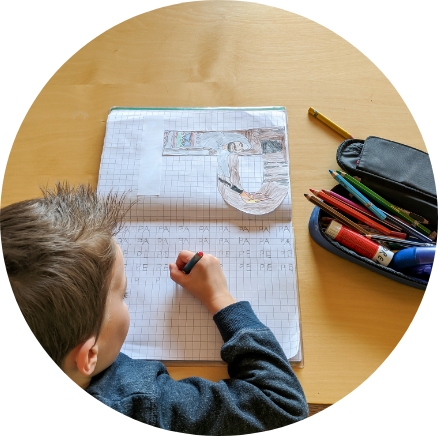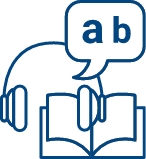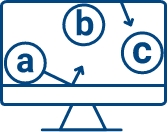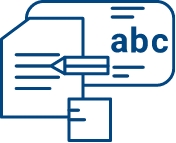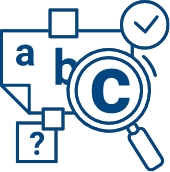What Is Structured Literacy?
Structured Literacy is a highly explicit and systematic teaching approach based on the Science of Reading, methodologies like Orton-Gillingham, and all five pillars of literacy – plus language comprehension, spelling, and writing.
Literacy Methods of the Past
The whole language approach to literacy assumes that students will expand their understanding of text and reading concepts through repeated exposure to rich children’s literature. Although phonics, decoding, and spelling are all addressed in word study, they are not explicitly and systematically taught. Instead, students are encouraged to activate the “three cueing system,” which promotes guessing based on semantics, syntax, or graphic cues.
Balanced Literacy
Decades of reading research have shown that reading is not an innate ability. Instead, children must receive instruction and exposure to learn how to read. As the necessity for phonics instruction grew, followers of the whole language approach adopted phonics lessons as an addition to the cueing system. They referred to the enhancement as “Balanced Literacy.”
Balanced Literacy instruction is focused on shared, guided, and independent reading. To teach introductory literacy skills, students concentrate on grapheme representations combined with context or imagery. While this approach emphasized the use of leveled readers for independent reading practice, struggling readers who could not decode the words slipped through the cracks. Children cannot encode and decode naturally. Balanced Literacy exposes young readers to unfamiliar text causing compensatory strategies, such as relying on picture cues, while valuable instructional time passes.
Structured Literacy
Structured Literacy is an umbrella term adopted by the International Dyslexia Association to refer to the many programs (like Orton Gillingham) that teach reading by following the evidence and research behind the Science of Reading. Structured Literacy is deeply rooted in phonemes and systematically introduces the letters or graphemes corresponding to each phoneme. Programs that exemplify the components and methods outlined in the term, Structured Literacy are beneficial for all students and essential for students who struggle with reading.
Structured Literacy is an approach that provides a framework to include both the principles (how we should teach) and the elements (what we should teach) that are aligned to the Knowledge and Practice Standards. Teaching whole word memorization is limited, and learning phonics empowers students with an exponential effect.
Understanding the Relationship Between Orton‑Gillingham, Structured Literacy, and the Science of Reading
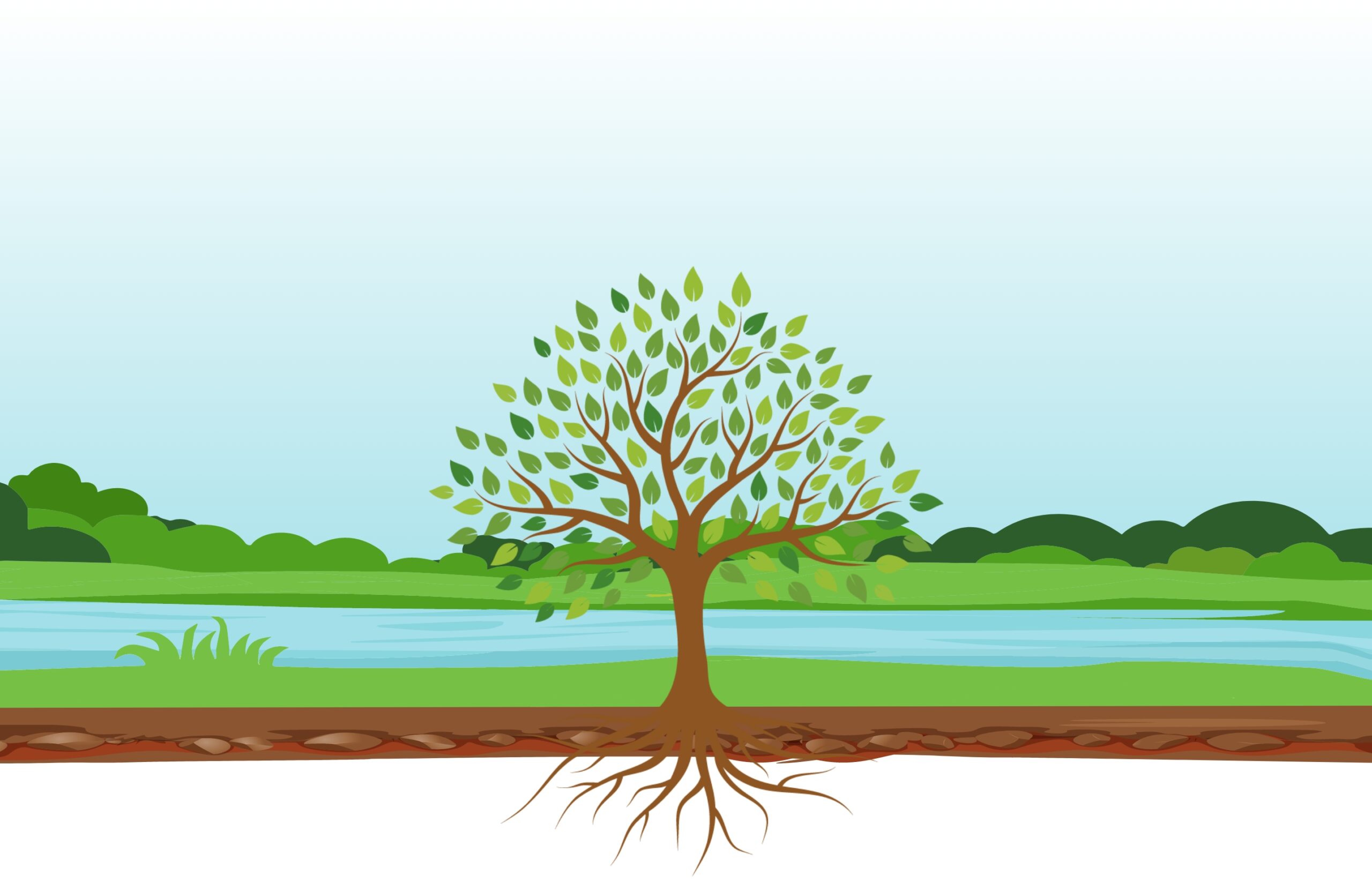
Orton-Gillingham
Orton-Gillingham is a highly structured multi-sensory approach that breaks reading and spelling down into smaller skills involving letters and sounds, and then building on these skills over time.
Learn MoreStructured Literacy
Structured Literacy supports explicit, sequential, systematic, prescriptive, diagnostic, and cumulative instruction to benefit all learners, both general education and remedial.
Learn MoreThe Science of Reading
The Science of Reading is a comprehensive body of scientifically-based research about reading and writing that helps to explain how it is that people best learn to read.
Learn MoreStructured Literacy: How It’s Taught
Structured Literacy supports explicit, sequential, systematic, prescriptive, diagnostic, and cumulative instruction. Through Structured Literacy, teachers implement appropriate methods for all students and particularly necessary for students with learning differences. Orton-Gillingham is an evidence-based Structured Literacy approach that uses research from the Science of Reading and incorporates recommended multi-sensory instructional techniques.
Students should be provided with repeated opportunities to decode text with ample representations of the phonetic elements for code emphasis. Students become skilled in spelling words within and outside of text through regular dictation of words and sentences containing phonetic concepts.
Comprehension is the ultimate goal for reading, driven by two broad skill sets identified in the Simple View of Reading as word recognition and language comprehension. The Science of Reading identifies five essential components of the Simple View of Reading: phonemic awareness, phonics, fluency, vocabulary, and comprehension. Structured Literacy incorporates all five.
The Science of Reading has proven that a Structured Literacy approach is a necessary foundation for reading success.
See Orton-Gillingham as a Part of Structured Literacy Training in Action
Structured Literacy can ensure that students are equally exposed to important foundational literacy skills in a sequential, systematic, and cumulative way.


